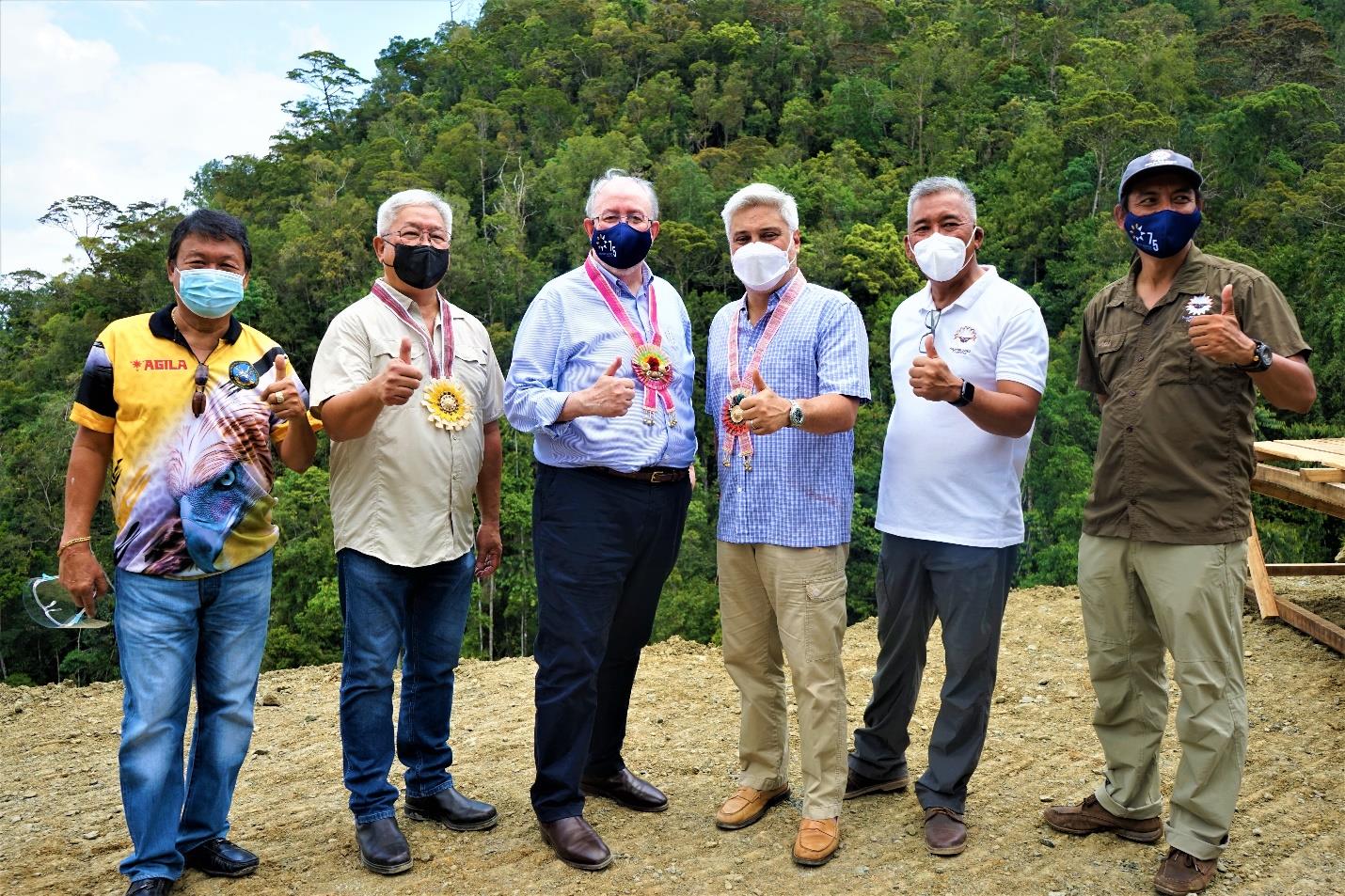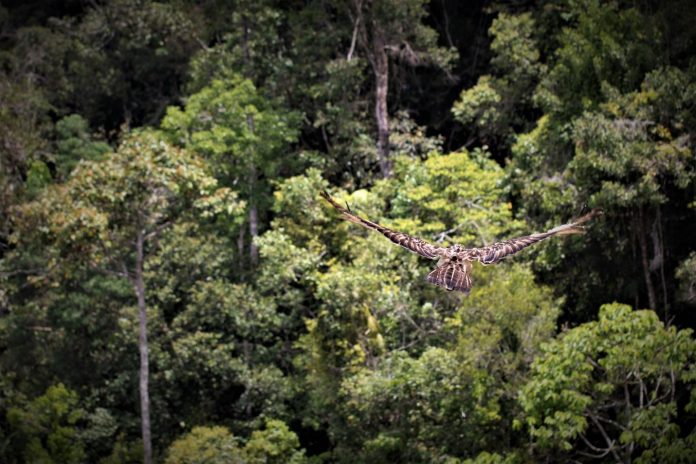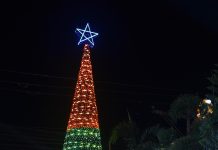On Earth Day 2021, a rescued and rehabilitated Philippine Eagle is released back to its forest home. Tagoyaman Fernando is among the seven Philippine Eagles that were rescued last year – the highest rescue rate recorded in the history of Philippine Eagle conservation – and the first Philippine Eagle to be released back to the wild this year.
Tagoyaman’s release was made possible through the support of the Australian Government, Whitley Fund for Nature, Jurong Bird Park, DENR Region X, and the local government of San Fernando and Bukidnon.
“Rescuing, rehabilitating and releasing Philippine Eagles in the middle of a pandemic is very challenging. It’s difficult to mobilize field operations when travel restrictions are imposed and sources of funds are shut down. Still, we are able to persevere, thanks to the support of the Australian Government and other conservation partners,” said Dennis Salvador, Executive Director of the Philippine Eagle Foundation.
The short program in honor of Tagoyaman’s release is attended by the Australian Ambassador to the Philippines Steven J. Robinson AO, Senator Juan Miguel Zubiri, San Fernando Vice Mayor Norberto Catalan, and Philippine Eagle Foundation Trustee Mr. Francis Ledesma.

“The Australian Embassy is proud to continue our support to the Philippine Eagle Foundation for the protection and preservation of the Philippine Eagle. I travelled to Bukidnon to witness Tagoyaman’s release because it is an important milestone in the Philippines’ efforts in conserving local wildlife biodiversity. Australia stands with our friends in the Philippines as they protect their natural resources, in their lands or seas. This initiative reinforces our deep and expanding relationship as we celebrate the 75th Anniversary of diplomatic relations between our two countries,” Ambassador Robinson said.
Tagoyaman was retrieved on October 2020 in San Fernando, Bukidnon, after getting accidentally caught in a native trap intended for other animals. The bird was then brought to the Philippine Eagle Center for further check-up and rehabilitation.
“We hope to see Tagoyaman successfully breed and contribute to his species’ wild population in the future. His release on Earth Day is also our resounding call for long-term solutions to our problematic relationship with nature and wildlife. We believe that by conserving the Philippine Eagle and the biodiversity it represents, we can avoid another disease outbreak,” Salvador said.
The PEF, through the support of its conservation partners has also taken measures for Tagoyaman’s survival in the wild. An education campaign targeting communities surrounding the release site was conducted and Indigenous forest guards were trained to perform voluntary forest patrols and monitor Tagoyaman’s movements using the GPS transmitter attached to its back, for the next six months.
“Collaborations and partnerships play a big role in Philippine Eagle conservation. The PEF can’t save the eagles alone. We need the help of our local communities, government agencies, the private sector, and the Filipino people so that one day Philippine Eagles will thrive in the wild,” said Salvador.







